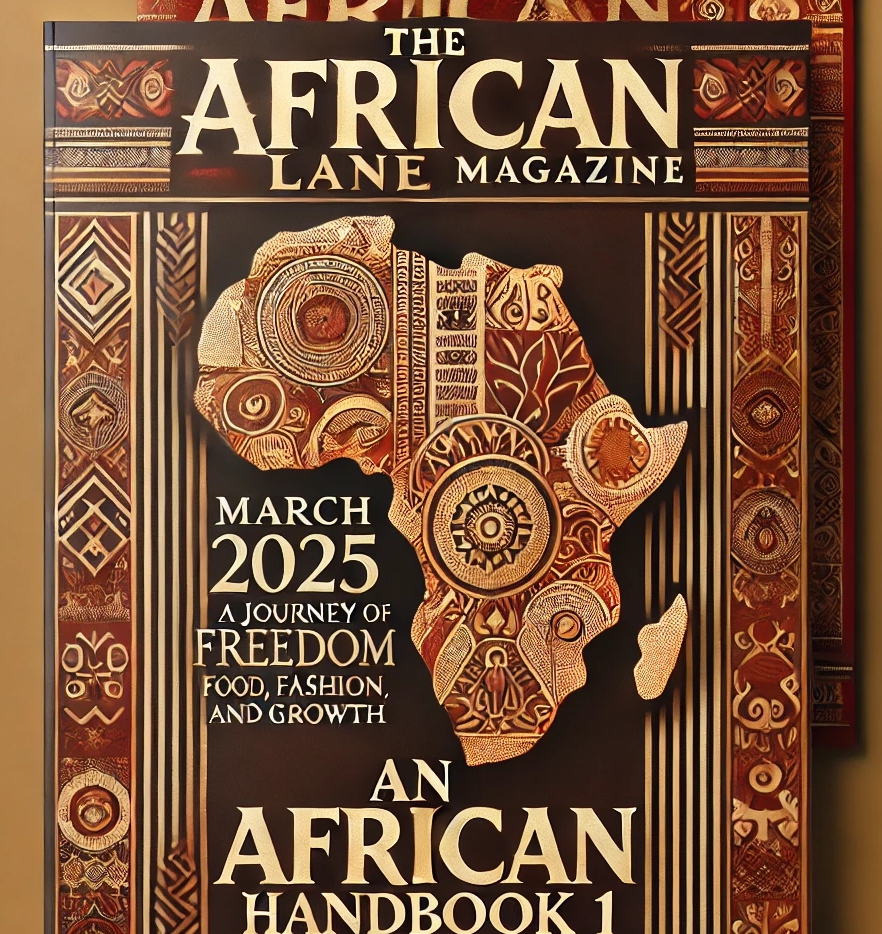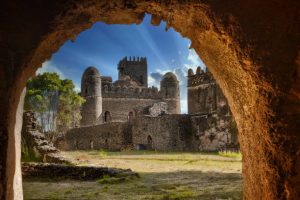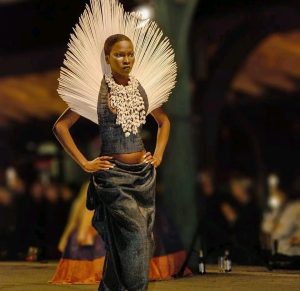The Republic of Togo

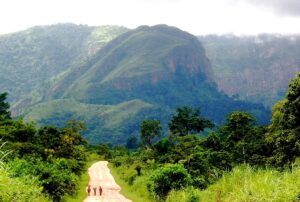
Togo is one of the world’s top five producers of phosphates, which are used in fertilisers
The tropical country just north of the equator covers an area of 56,785 km², compared it is about the size of Croatia, or slightly smaller than West Virginia.
The country has a population of 7.1 million (in 2016), capital and largest city is Lomé, spoken languages are French (official) and Gbe languages, Kotocoli and Kabiyé.
Official Name:
République Togolaise
short form: Togo
int’l long form: Republic of Togo
int’l short form: Togo
formerly: French TogolandISO Country Code: tg, tgoTime:
Local Time = UTC No UTC/GMT offset
Actual Time: Thu-July-1 02:52
Country Calling Code: +228
Capital City: Lomé
Other Cities:
Atakpamé, Kpalimé, Sokodé, Kara.

Government:
Type: Republic since years under transition to multiparty democratic rule.
Geography:
Location: Western Africa, bordering the Bight of Benin, between Benin and Ghana.
Area: 56,785 km² (21,925 sq miles).
Terrain: Gently rolling savanna in north; central hills; southern plateau; low coastal plain with extensive lagoons and marshes.
Climate: Tropical; hot throughout the year, humid in south; semiarid in north.
People:
Nationality: Togolese.
Population: 7.1 million (2016)
Ethnic Groups: native African (37 tribes; largest and most important are Ewe, Mina, and Kabre) 99%, European and Syrian-Lebanese less than 1%.
Religions: traditional African religions 51%, Christian 30%, Muslim 15%.

Languages: French (official and the language of commerce), Ewe and Mina (the two major African languages in the south), Kabye (sometimes spelled Kabiye) and Dagomba (the two major African languages in the north).
Literacy: male: 75.4%, female: 46.9%Natural resources: Phosphates (main source of foreign exchange), limestone, marble, arable land.Agriculture products: Coffee, cocoa, cotton, yams, cassava (tapioca), corn, beans, rice, millet, sorghum; livestock; fish.
Industries: Phosphate mining, agricultural processing, cement; handicrafts, textiles, beverages.
Exports – commodities: reexports, cocoa, gold powder, cotton, phosphates, coffee.
Exports partners: India 14.6%, Burkina Faso 11.3%, China 11.3%, Benin 9.6%, Ghana 9%, Lebanon 8.3%, Nigeria 6.1%, Niger 5.9% (2015)
Imports – commodities: machinery and equipment, foodstuffs, petroleum products
.

Even though Fosse aux Lions National Park is the least-visited destination, it is a great attraction if you are fond of spotting elephants. This area is a blend of savannah, mires, and amazing acacia graced plains which are home to plenty of elephants. You can find this park in the far north of Togo.
Imports partners: China 22.9%, Belgium 20.3%, Netherlands 11.9%, France 6.6%, India 4.8%, Singapore 4.4% (2015)
Currency: CFA Franc (Communaute Financiere Africaine) (XOF)
Lomé is the capital and largest city of Togo. Located on the Gulf of Guinea, Lomé is the country’s administrative and industrial center and its chief port.
Togo’s terrain is diverse. In the north the land is characterized by a gently rolling savanna in contrast to the center of the country, which is characterized by hills. The south of Togo is
characterized by a savanna and woodland plateau which reaches to a coastal plain with extensive lagoons and marshes.
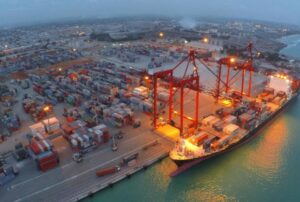
Lome, the capital of Togo, is a bustling market town which is known to be founded by German and other Europeans in 1800s. Gaze at the ports to find plenty of depots of palm and cocoa products as well as oil tankers. Shop till you drop at Grand Marche, which is a big local bazaar here.
The highest mountain of the country is the Mont Agou at 986 meters (3,235 feet) above sea level.
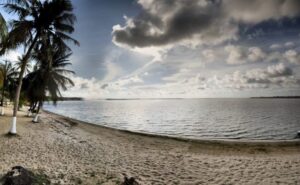
Agbodrafo
The second town on the banks of Lake Togo that’s worth a visit, Agbodrafo is known for its popular resort hotel: The Hotel le Lac.
This luxurious medley of shimmering al fresco pools and sunning terraces buts up right to the water’s edge, offering guests a luxurious stay on the side of the country’s famous lagoon.
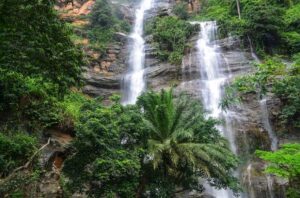
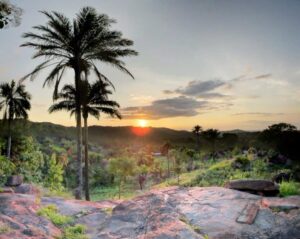
Kara
A long 400-kilometer drive from the capital of Lome, the far-flung town of Kara can be found clutching the edge of the winding Haugeau River.
Home to nearly 100,000 people, it’s actually one of the largest towns in the country, and has a bustling marketplace (with Voodoo trinkets and farmers’ goods aplenty) to match.
According to The crazy Tourist Togo is just a thin sliver of West Africa; a line of land that ranges from the Atlantic Ocean to the depths of inland Burkina Faso. But size has never been an issue for this culturally-rich place sandwiched between Benin and much-bigger Ghana. Still endearingly and excitingly off-the-beaten-track, it bursts from the region in a medley of misty mountains and swamps, winding rivers and muddy backcountry, all trodden by the occasional elephant herd and bushbuck.
In the south, the salty spray of the Atlantic crashes against the beaches, and little lagoons host watersporting locals all the while. The capital at Lome ticks over to the buzz of modern energy, still proud of its elegant Parisian-style boulevards and cafes. And deep in the north the Sahel takes over. It’s here that the savannah dominates, and the mysterious adobe villages of Koutammakou pop up – a UNESCO World Heritage Site that’s certainly worth the visit!
